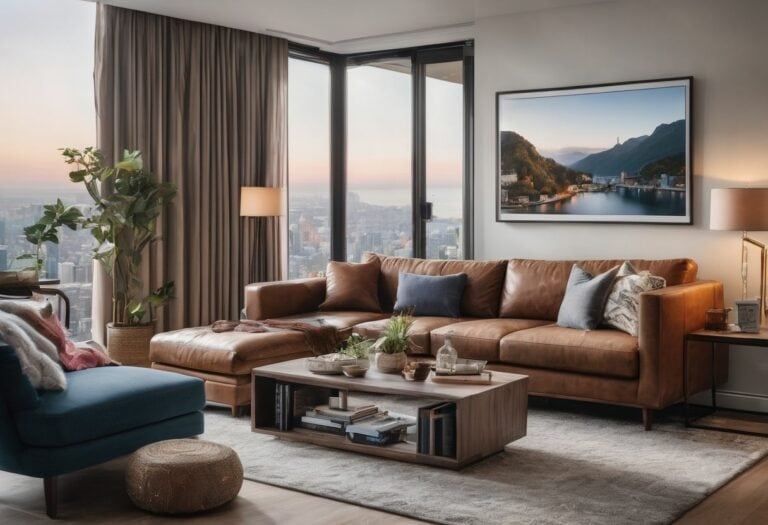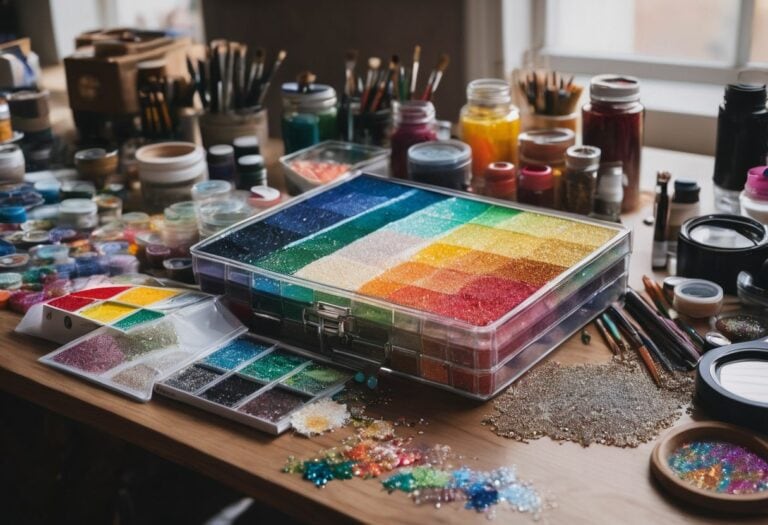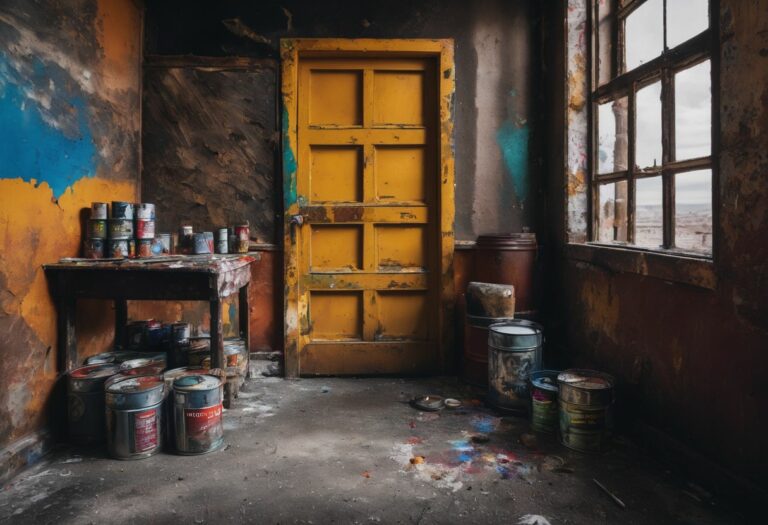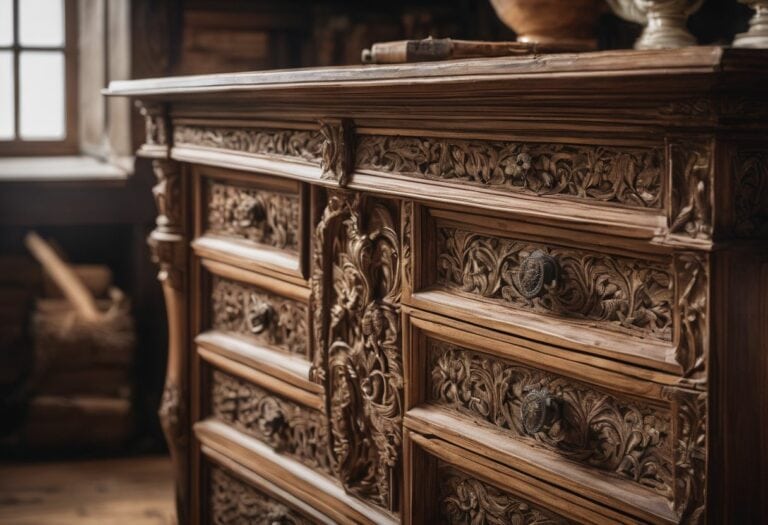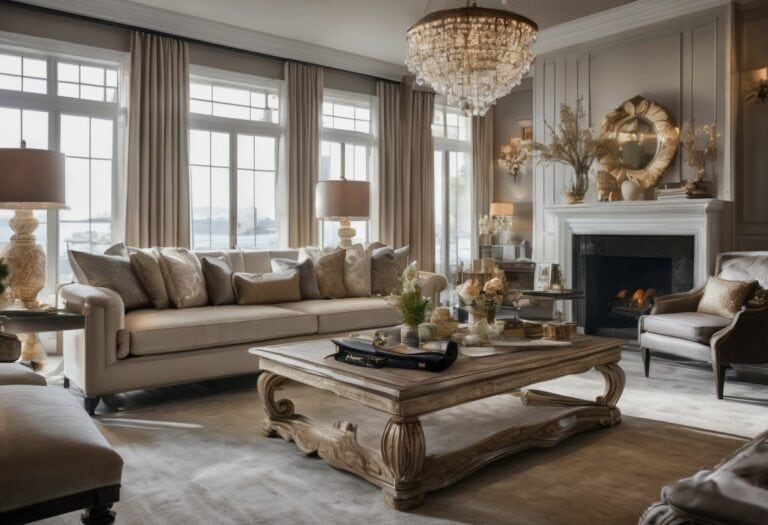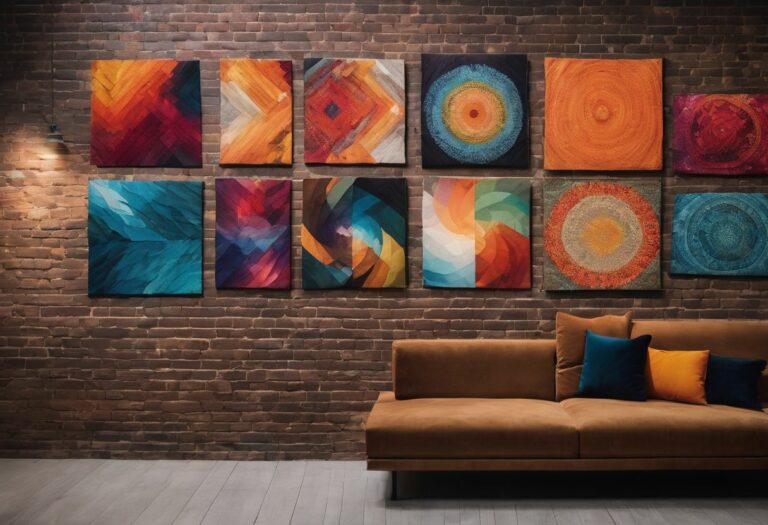Choosing Between Maximalist vs Minimalist Interior Design: Finding Your Style
Have you ever walked into a room and felt instantly at peace, or entered another space bursting with color and thought, “Wow, this is alive”? That feeling has a lot to do with the interior design style of the room.
Many people find themselves torn between two popular approaches: minimalist and maximalist design. Each one offers a unique vibe and atmosphere, but picking which suits you best can be tricky.
Did you know that your choice in interior design can reflect more than just your taste in decoration? It might also say something about how you prefer to live your life—whether it’s embracing simplicity or celebrating everything bold and eclectic.
Our blog post aims to guide you through both styles’ benefits and drawbacks so you can uncover which resonates most with your personality.
As we explore these distinct philosophies of less is more versus more is marvelous, we will help clear any confusion and lead you towards creating a home that not only looks fantastic but feels right for you.
Get ready to discover your true décor identity!
Defining Minimalism and Maximalism in Interior Design
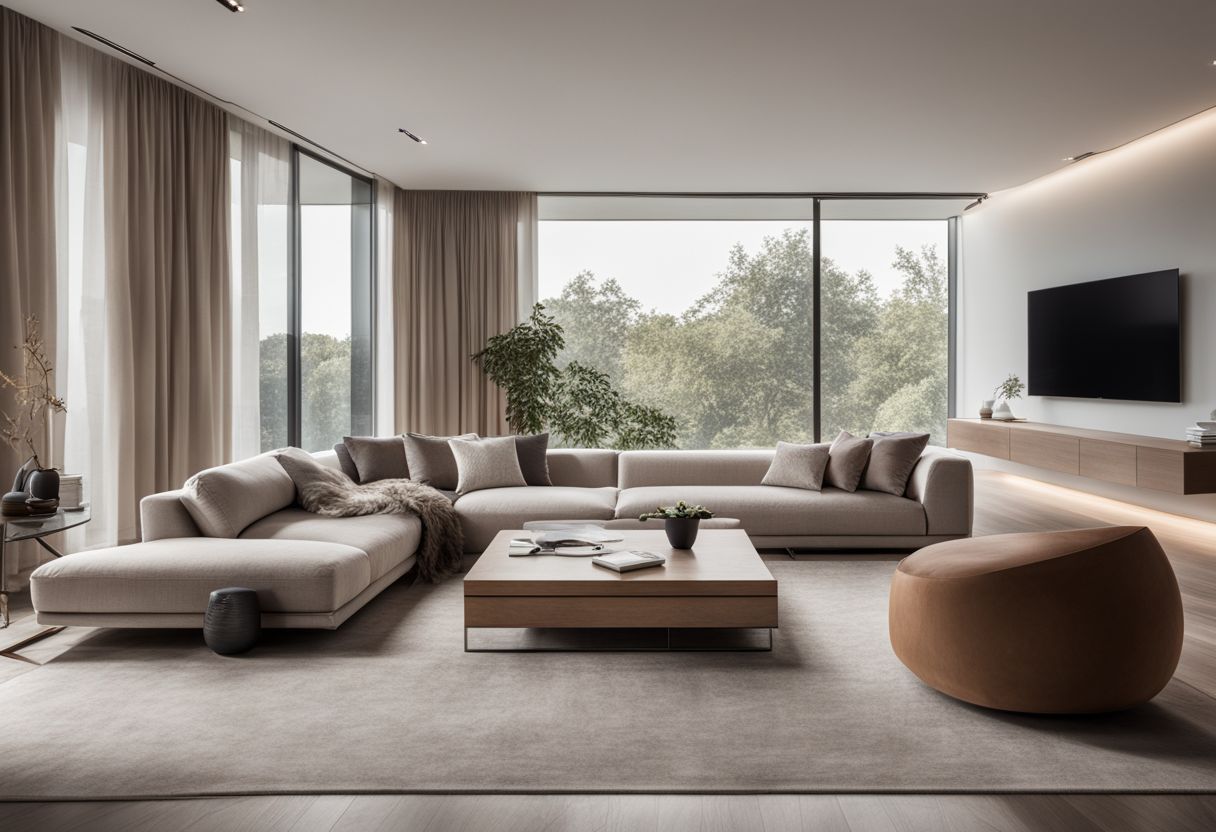
Minimalism in interior design focuses on simplicity, clean lines, and a clutter-free environment. It emphasizes the idea that less is more, promoting a sense of calm and minimal visual distractions.
On the other hand, maximalist design embraces bold patterns, vibrant colors, and an eclectic mix of decorative elements to create a visually stimulating and dynamic space.
The Essence of Minimalism
Minimalism boils down to keeping things simple and useful. It strips away the unneeded, so what’s left is just what we need and love. This style loves clean lines and neutral colors.
It makes rooms look calm and open. And with less stuff, there’s more space to breathe.
People who like minimalism choose quality over quantity. They fill their homes with a few things that have meaning or use. Each item gets room to shine without getting lost in a mess.
This way of designing can make us feel good too. Clean spaces help clear our minds, which is great for mental health. Living simply also means less cleaning, easier organizing, and more time for experiences over stuff.
The Vibrancy of Maximalism
Maximalism in interior design is like a party for your eyes. It’s full of life and doesn’t hold back. Think of rooms with walls covered in bold wallpaper, bright colors everywhere, and cool things to look at no matter where you turn.
This style loves mixing different patterns and piling on the decor until it feels just right.
Imagine walking into a house that tells the story of who lives there. Every corner has something to say, from funky art pieces to shelves packed with books and treasures from travels.
Maximalism shows off a person’s wild side through their home – it’s creative, fun, and never boring.
It’s clear maximalists enjoy being surrounded by all their favorite stuff. They create spaces that show off lots of pretty objects, textures, and artworks out in the open instead of hidden away.
Rooms are designed to be experiences, inviting people to look closer and find surprises tucked into every little space.
The Pros and Cons of Minimalist Design
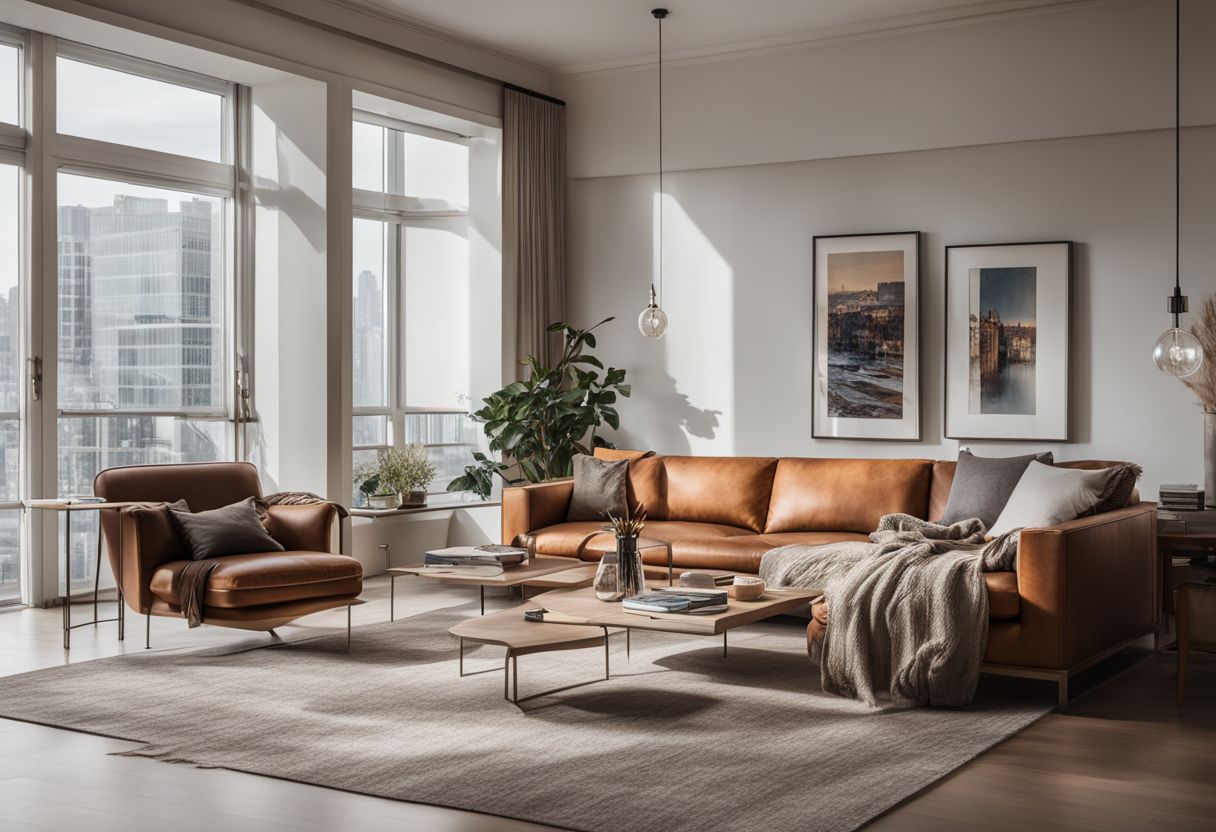
Minimalist design offers a sense of simplistic elegance and clean lines, promoting a calming and organized living space. However, it may also run the risk of feeling sterile or lacking in warmth, especially if not balanced with thoughtful pops of color and texture.
Simplistic Elegance
Simplistic elegance in interior design means your room looks pretty without too much stuff. You pick furniture and things that are simple, but also very nice to look at. This kind of style doesn’t have a lot of colors shouting for attention.
Instead, it uses soft tones like gray or white. With clean lines and shapes, everything in the room has its own special spot. It’s like when Ryan Nicodemus and Joshua Fields Millburn talk about living with less to enjoy life more.
This way of decorating makes sure each thing in the room is there for a good reason and does its job well. Think about a space where you can move around easily; it feels peaceful because it’s not crammed full of things.
A minimalist room isn’t only modern; it tells people you enjoy keeping life simple yet beautiful.
Potential for Sterility
Minimalist design can sometimes feel cold and sterile due to its simplicity. The lack of visual clutter in minimalist design may create a sense of sterility in the living environment, making it feel unwelcoming to some.
It is important to balance minimalism with warmth and personality by incorporating meaningful decor elements and textures to avoid this potential issue.
The simplicity and clean lines of minimalist design offer an opportunity for a serene and calming space. However, it’s crucial to introduce warmth through natural materials, soft textiles, and personal touches that reflect your individuality.
The Role of Colors in Minimalist Houses
Minimalist houses favor neutral tones like white, black, and grey. These colors promote a feeling of peace and calm. The restrained color palette contributes to an uncluttered space that exudes tranquility.
The use of minimal colors aligns with the minimalist design philosophy, focusing on simplicity and eliminating excess.
The chosen color palette in minimalist houses reflects an anti-consumerist approach by rejecting unnecessary embellishments and loud hues. Instead, it prioritizes a clean aesthetic that encourages mindful living.
The Pros and Cons of Maximalist Design
Maximalist design offers a creative abundance that allows for an expressive and visually stimulating environment. However, there is the risk of overcrowding and overwhelming the space with too much decor and furnishings.
Creative Abundance
Maximalist design is all about creative abundance. It’s a style that embraces the richness of textures, patterns, and colors to create an opulent and visually stimulating environment.
With maximalism, you have the freedom to layer different elements, mix various styles, and showcase your eclectic taste. This approach allows for self-expression through decor and provides a canvas for showcasing art collections or unique pieces from travels around the world.
Maximalist interiors encourage you to indulge in creativity without limitations, fostering an environment where every corner tells a story and every piece has its place. The emphasis on abundance opens doors for endless possibilities in designing a space that truly reflects your personality and passions – whether it’s through bold prints, striking artworks or ornate furniture.
Risk of Overcrowding
Maximalist design can lead to the risk of overcrowding in a space. With its emphasis on abundance and collecting more, maximalism increases the likelihood of contributing to overcrowding.
The cons of maximalist decor include the potential for the space to feel overwhelming and difficult to clean due to the abundance of items and decor. This style may result in an environment that feels chaotic and claustrophobic, diminishing the functionality and visual appeal of the space.
Furthermore, excessive clutter from a maximalist approach can make it challenging to navigate within a room, posing potential safety hazards or making daily activities cumbersome. Achieving a visually pleasing balance amidst such opulence also becomes more intricate as every addition runs the risk of exacerbating clutter.
How to Determine Your Design Preference
Assessing Your Personal Style: Take a close look at your wardrobe, the artwork you love, and the colors that bring you joy. These personal preferences can provide valuable insight into whether minimalist or maximalist design resonates with you.
Considering Your Living Space: Evaluate the size and layout of your home. A small space may benefit from minimalist design to create an open, airy feel, while a larger space could accommodate the abundance of maximalist design.
Assessing Your Personal Style
To determine your personal style in interior design, consider your preferences for simplicity or abundance. Reflect on whether you are drawn to clean lines, open spaces, and minimal clutter, which are characteristic of minimalist design.
Alternatively, if you find joy in vibrant colors, intricate patterns, and a mix of textures that create a visually dynamic space, then maximalist design might align better with your taste.
Understanding how you feel most comfortable in your living environment can guide you toward embracing the principles of either minimalism or maximalism in interior design.
Considering Your Living Space
When figuring out your interior design preference, consider the size and layout of your living space. For minimalist design, larger open spaces are ideal to maintain a clean and uncluttered look.
Minimalist spaces often use neutral colors like white or beige for a spacious feel. On the other hand, maximalist design can work well in larger rooms with high ceilings, allowing for the inclusion of diverse decor elements without feeling cramped.
Bold and vibrant colors can add depth and richness to a maximalist space.
Understanding how your living space aligns with these two styles will help you determine which one best suits your home.
Finding a Balance: Can You Mix Minimalist and Maximalist?
It’s possible to blend minimalist and maximalist elements in interior design by finding a harmonious balance. Incorporating the clean lines and simplicity of minimalism alongside the vibrant colors and abundant patterns of maximalism can create a unique and personalized decor style.
By carefully selecting key pieces and integrating them thoughtfully, you can achieve a balanced aesthetic that reflects both your love for simplicity and your appreciation for extravagance.
Striking the right equilibrium between excess and simplicity is crucial when mixing minimalist and maximalist elements in interior design. While minimalism emphasizes decluttering, organization, and understated elegance, maximalism encourages boldness, creativity, and opulence.
By combining these contrasting styles skillfully, you can craft an environment that feels both refined and expressive – embodying the best of both worlds.
Conclusion
When it comes to interior design, choosing between maximalist and minimalist styles is a personal journey. Your living space should reflect your personality and lifestyle. Whether you prefer the simplicity of minimalism or the vibrancy of maximalism, finding your own style is about embracing what feels right for you.
So buckle up, explore various design elements, and create a home that resonates with your individuality!
FAQs
1. What is minimalist interior design?
Minimalist interior design is a modern style that makes rooms look clean and simple. It uses fewer things to create a peaceful space.
2. How is maximalist design different from minimalist?
Maximalist design fills rooms with lots of colors, patterns, and objects. It’s the opposite of minimalists who like simple living with less stuff.
3. Can I still be a minimalist if I own many things?
Yes, being a minimalist means you keep things that really matter to you. It’s not just about having less but choosing carefully what you keep.
4. Is there an example of famous minimalist design I can see?
Sure! The Barcelona Pavilion by Mies van der Rohe is well-known for its clean lines and open spaces—a perfect show of minimalistic artistic expression.


